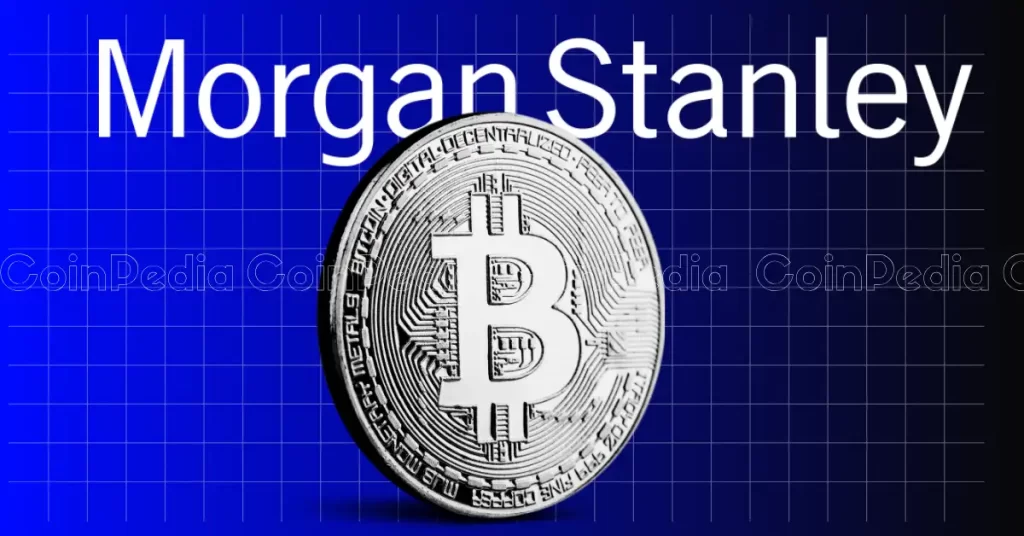
The current state of the US dollar is not among the best, as the US-China war extends amid tariff discussions. Meanwhile, this economic turmoil is high, and the BTC price is bouncing, building an image as a safe haven. However, Bitcoin’s early major crash could not be ignored, as the digital asset struggled under tariff turmoil before recovering recently.
US Dollar Index Declines at 3-Year Low, While BTC Price Regains $80K Support
The US Dollar Index (DXY) has declined below the 100 mark for the first time in the last three years, showcasing the economic uncertainty in the country. At present, it is at 99.45 and even touched 99.01 briefly before recovering. With that, it marked the lowest day since 2022.
Since Donald Trump has joined the White House for the second time, the US currency index has declined by more than 7% and more than 2% in the last week alone, and Trump’s trade war is the catalyst.

Meanwhile, the 10-year US Treasury yield has surged, which is concerning. Typically, the DXY and yield move in the same direction. However, they are opposite now, signaling investors’ carrying diverted sentiments on the dollar.
Interestingly, the BTC price gained upward momentum at the same time, jumping from a low of $74.5k to $82.5k today. Experts believe that investors are marching toward digital assets as traditional finances face uncertainty and significant risks.

Bitcoin vs US Dollar: Is this BTC’s Time to Shine?
Although Bitcoin is gaining significant momentum, the investors are divided between this digital asset and the yellow metal, Gold. The investors’ focus on this hard asset has pushed Gold towards new ATH, while the BTC price still faces uncertainty and high volatility.
Experts believe Asian investors are dumping US assets like stocks and bonds and relocating to gold. This also puts downward pressure on the currency. The experts are divided on their Bitcoin price prediction; some anticipate a surge to $96k as the investors, especially larger whales, are focusing on the digital asset, while others anticipate a further downtrend.

China’s decision to implement a counter 125% tariff on the US intensifies the trade war. The future of BTC vs the Dollar and other assets remains uncertain.
The post US Dollar Declines to 3-Year Low While BTC Price Bounces, Is It Bitcoin’s Time to Shine? appeared first on CoinGape.




 -1.51%
-1.51% 

